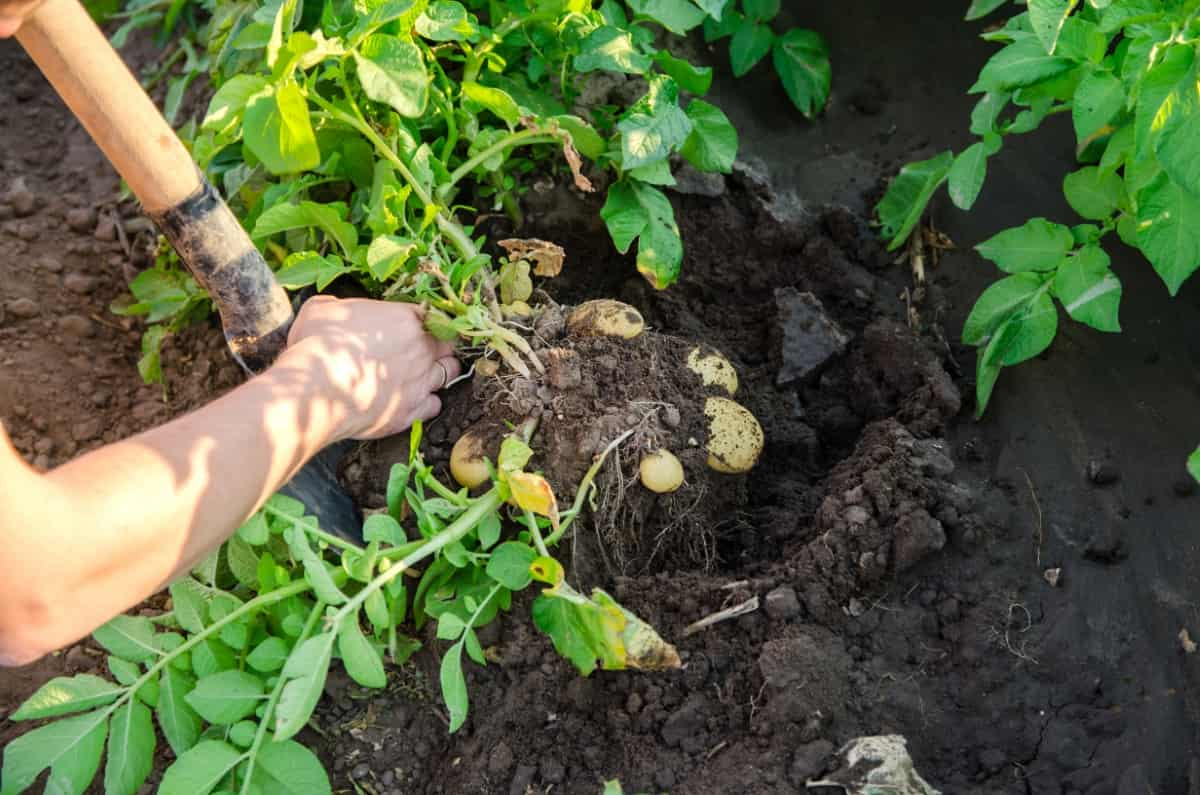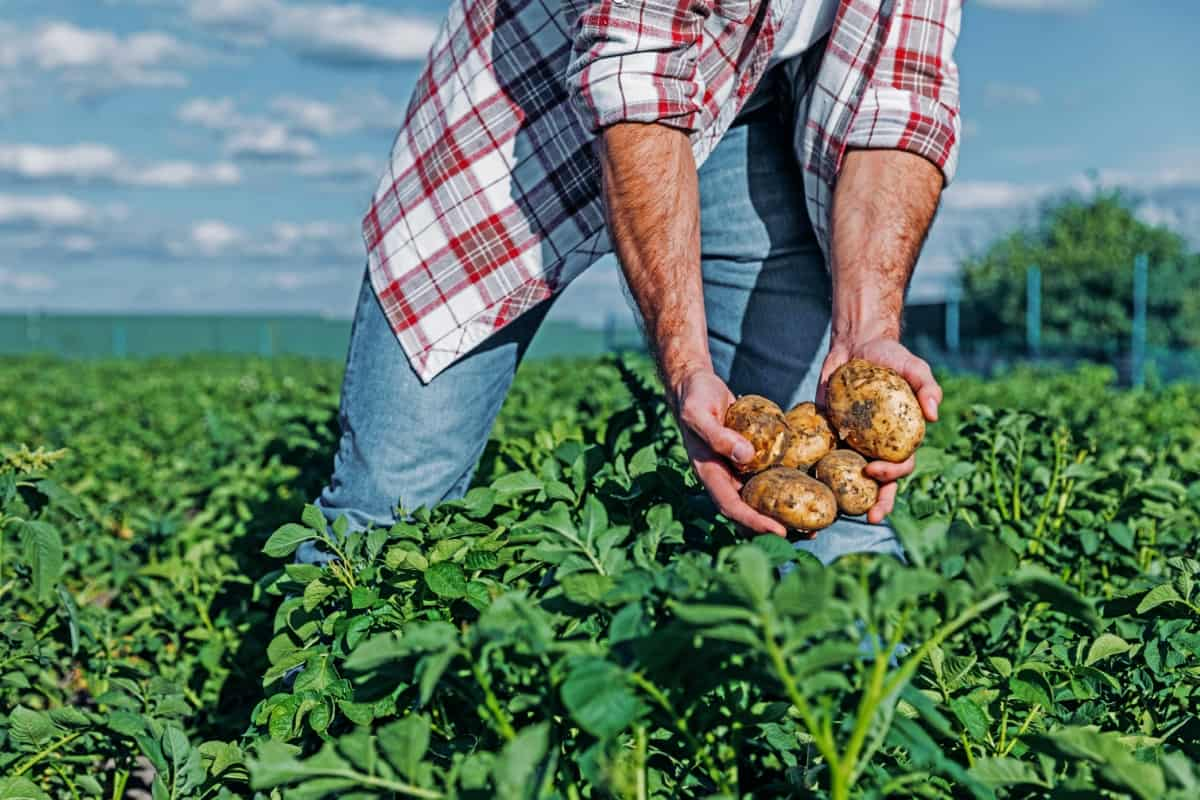The potato is not just a staple food in many cultures but a remarkable piece of agriculture adapted to diverse climatic conditions across the globe. This fascinating crop is the fourth most widely consumed in the world, with countless varieties, each having unique traits that make them ideal for particular climatic conditions and uses. This article delves into the diverse universe of potato varieties, focusing on their adaptation to different climate conditions and guiding growers in choosing the right variety for their specific locale.

Potato Varieties for Different Climate Conditions
Potato Varieties Suitable for Cool and Cold Climates
Potatoes are a cool-season crop; some varieties thrive exceptionally well in cold and cool climates. The key to success when growing potatoes in these conditions is to choose varieties developed and bred specifically for these climates, demonstrating resistance to common cold-weather diseases and pests. The Russet Burbank variety, known as the Idaho potato, is renowned for its adaptability to cool climates.
Its high starch content and low moisture make it perfect for baking, frying, and roasting. It’s popular among growers due to its high yield and late-maturing nature, allowing it to thrive in colder regions. Kennebec is another cold-weather champion that performs remarkably well in cooler climates. This late-season variety, like potato blight, is resistant to common potato diseases and offers a versatile culinary profile suitable for baking, roasting, and frying.
With its distinctive yellow flesh, Yukon Gold is an all-purpose potato that grows well in cooler climates. It’s an early to mid-season variety that produces a consistently high yield and is widely appreciated for its buttery taste. Its resistance to some common diseases and pests makes it an excellent choice for colder, harsher climates.
Potato Varieties Suitable for Warm and Hot Climates
While potatoes are typically cool-season crops, specific varieties have been bred to thrive under warm or hot conditions. These heat-tolerant varieties are typically short-season potatoes, meaning they mature quickly before the extreme heat of summer can damage the crop. Red La Soda is a heat-tolerant variety that is popular in southern regions. This potato is adapted to the warmer climates and is resistant to drought and heat. It’s red skin and white flesh make it a favorite for boiling and roasting.
Vardaman is another variety that is well suited to warmer climates. It’s a sweet potato with a compact growth habit, ideal for smaller gardens. Its short maturity period allows it to beat the summer heat. The Pontiac Red potato is a popular choice in warm climates due to its heat tolerance and resistance to potato diseases. An early to mid-season variety can be planted in the spring for a summer harvest. The potato is versatile and ideal for boiling, baking, and mashing.
Potato Varieties Suitable for Arid and Dry Climates
Growing potatoes in arid climates can be challenging due to the lack of moisture and extreme temperature fluctuations between day and night. However, some potato varieties have adapted to these tough conditions and can produce a good yield with the correct management.
In case you missed it: Unlocking the Power of Potato Companion Planting for Increased Yields

The Apache potato variety, with its distinctive red skin and cream spots, has shown considerable resilience in dry climates. This variety produces a good yield and has a unique, nutty flavor. The Anya potato variety is another one that can withstand drier conditions. It’s a small, knobbly variety with a distinct nutty taste.
Potato Varieties Suitable for High Altitude Climates
High-altitude environments pose unique challenges for potato cultivation due to the thin atmosphere, increased radiation, and often extremely cold. However, potatoes are remarkably adaptable, and certain varieties have been bred to thrive in these challenging conditions. The Andean region of South America, the birthplace of potatoes, is home to countless varieties adapted to high-altitude conditions.
The Papa Chola is a high-altitude variety cultivated for centuries by indigenous communities. This potato exhibits remarkable resilience to frost and can thrive in the harsh conditions of high-altitude farming. Another variety, Magic Molly, is a unique purple potato that performs well at high altitudes. It retains its vibrant color even when cooked and offers a sweet, earthy taste. It’s an excellent choice for growers in high-altitude areas and those who want to add color to their dishes.
Potato Varieties Suitable for Coastal and High Humidity Climates
Coastal and high-humidity climates can be particularly challenging for potato cultivation due to the increased risk of fungal diseases, such as late blight, and pests that thrive in such conditions. However, some potato varieties have been bred to resist these challenges and can thrive in these environments. The Elba variety is particularly suited to humid coastal regions.
It’s a late-season variety highly resistant to blight and other diseases, making it a great choice for growers in areas with high humidity. Another popular choice for these conditions is the Island Sunshine potato, a variety bred on Prince Edward Island. Resistant to typical humidity-related diseases and pests. This variety offers a high yield and a versatile flavor profile, making it a favorite among growers and chefs.
Managing Soil Requirements of Potato Crop
An essential step in successful potato cultivation, regardless of the climate or variety, is understanding and managing the soil requirements of your potato crop. Potatoes thrive best in well-drained, loose soil that is slightly acidic, with a pH between 5.0 and 7.0. However, specific varieties may have slightly different soil requirements. Ensuring your soil is well-prepared can significantly impact the health and yield of your crop.
In case you missed it: How to Grow Potatoes in Greenhouse: A Step-by-Step Guide for Seed to Harvest

This involves proper tilling to loosen the soil, appropriate fertilization to provide necessary nutrients, and ample watering without causing waterlogging. Implementing a crop rotation strategy can also be beneficial to prevent the build-up of diseases in the soil. It’s crucial to remember that while selecting the correct potato variety for your climate is vital, proper soil preparation and management are equally important for a healthy and bountiful harvest.
Conclusion
With their remarkable adaptability, potatoes can be grown in various climatic conditions, provided the correct variety is chosen. From cool and cold climates to warm and hot ones, from arid regions to high-altitude and high-humidity areas, a potato variety has been bred to perform well.
- Feed Your Flock for Less: Top 10 Tips to Save on Chicken Feed
- Ultimate Guide to Ossabaw Island Hog: Breeding, Raising, Diet, and Care
- Hatching Answers: The Top 10 Reasons Your Chickens Aren’t Laying Eggs
- Eggs and Economics: Breaking Down the Cost of Raising Backyard Chickens
- Defend Your Greens: Proven Methods to Keep Iguanas Out of Your Garden
- Ultimate Guide to Cinnamon Queen Chicken: A Comprehensive Guide for Beginners
- Ultimate Guide to California Tan Chicken: Breeding, Raising, Diet, Egg-Production and Care
- Ultimate Guide to Marsh Daisy Chicken: Breeding, Raising, Diet, and Care
- 10 Types of Chicken Farming Businesses You Can Start for Profits